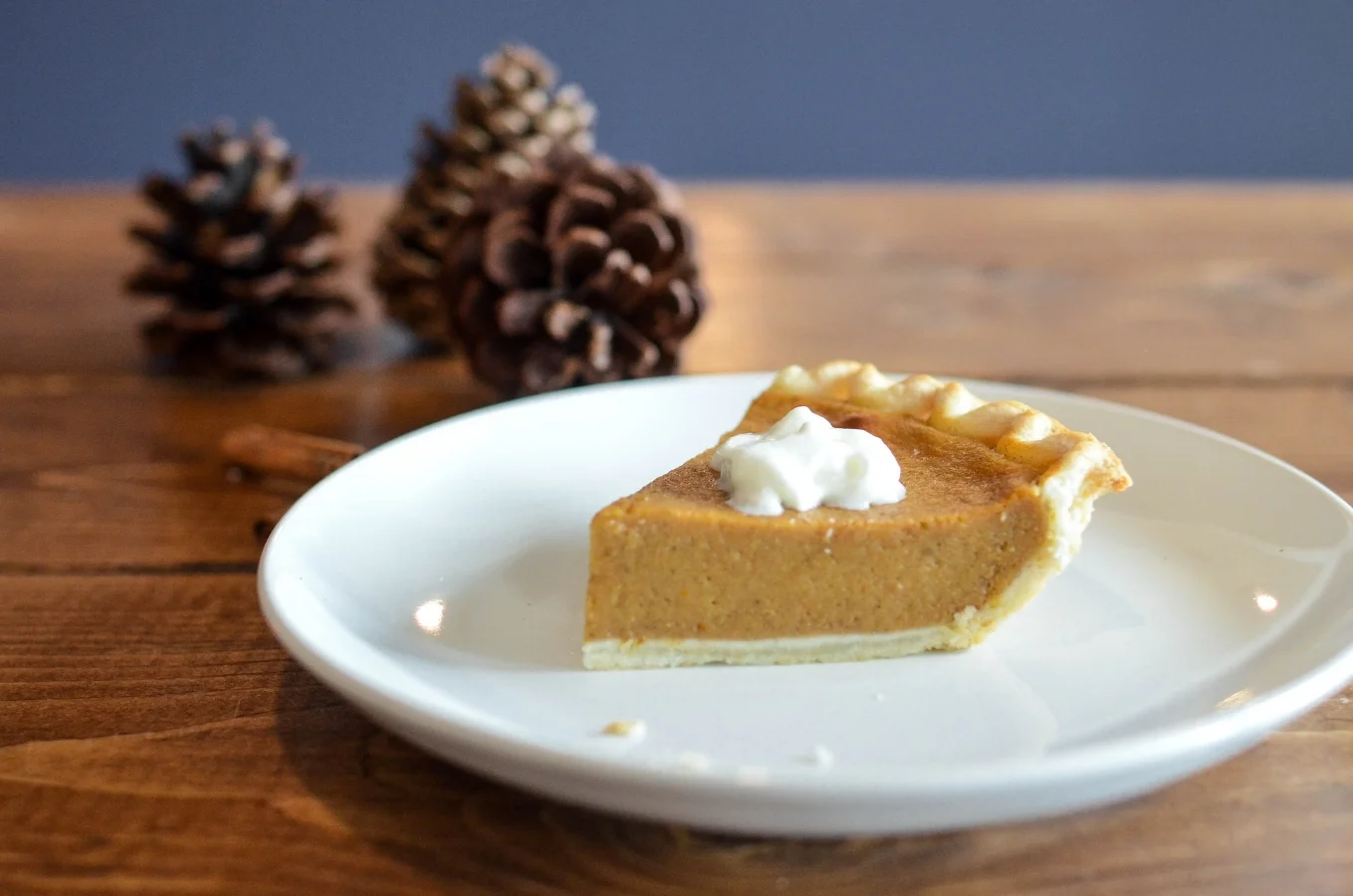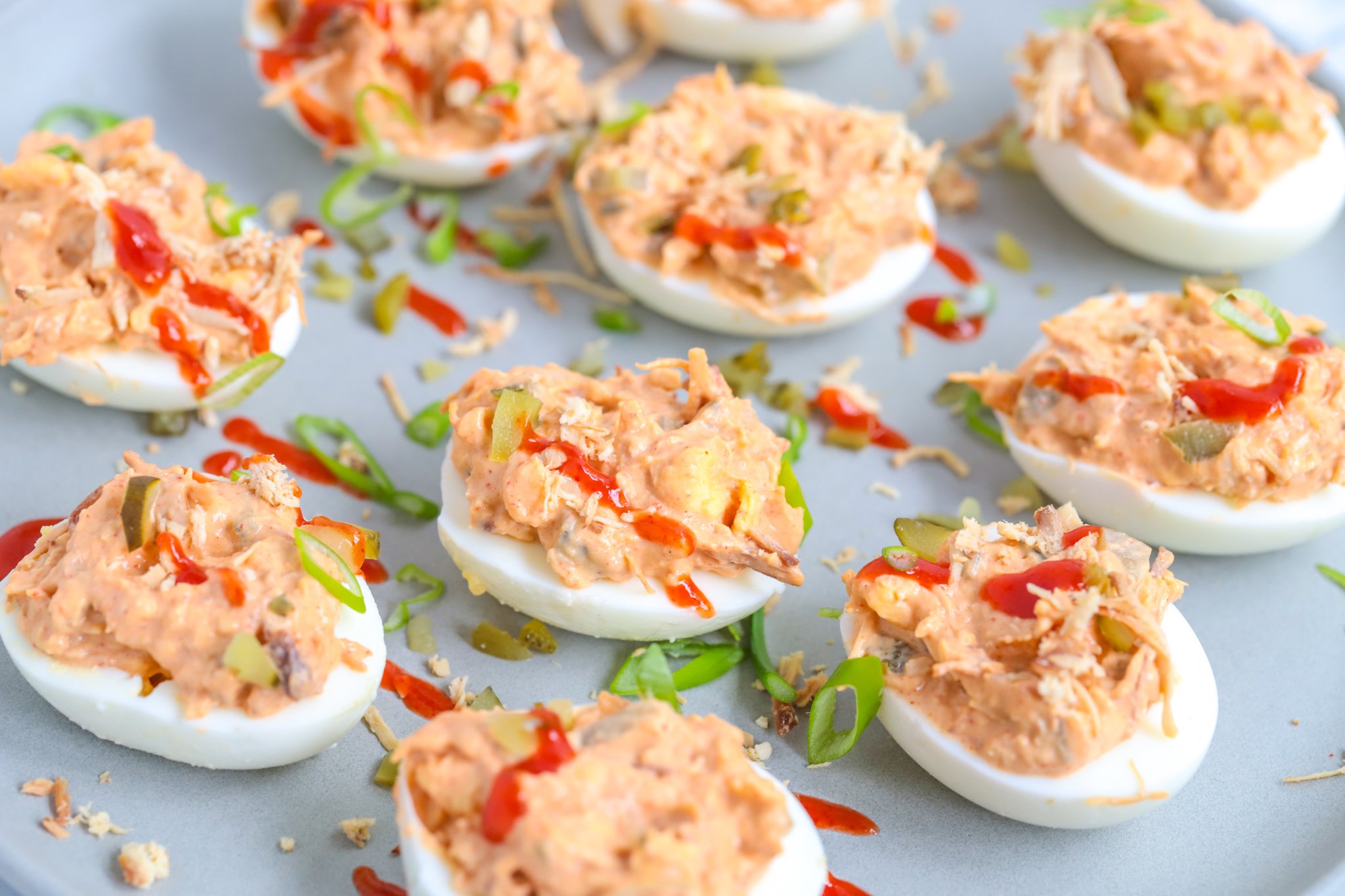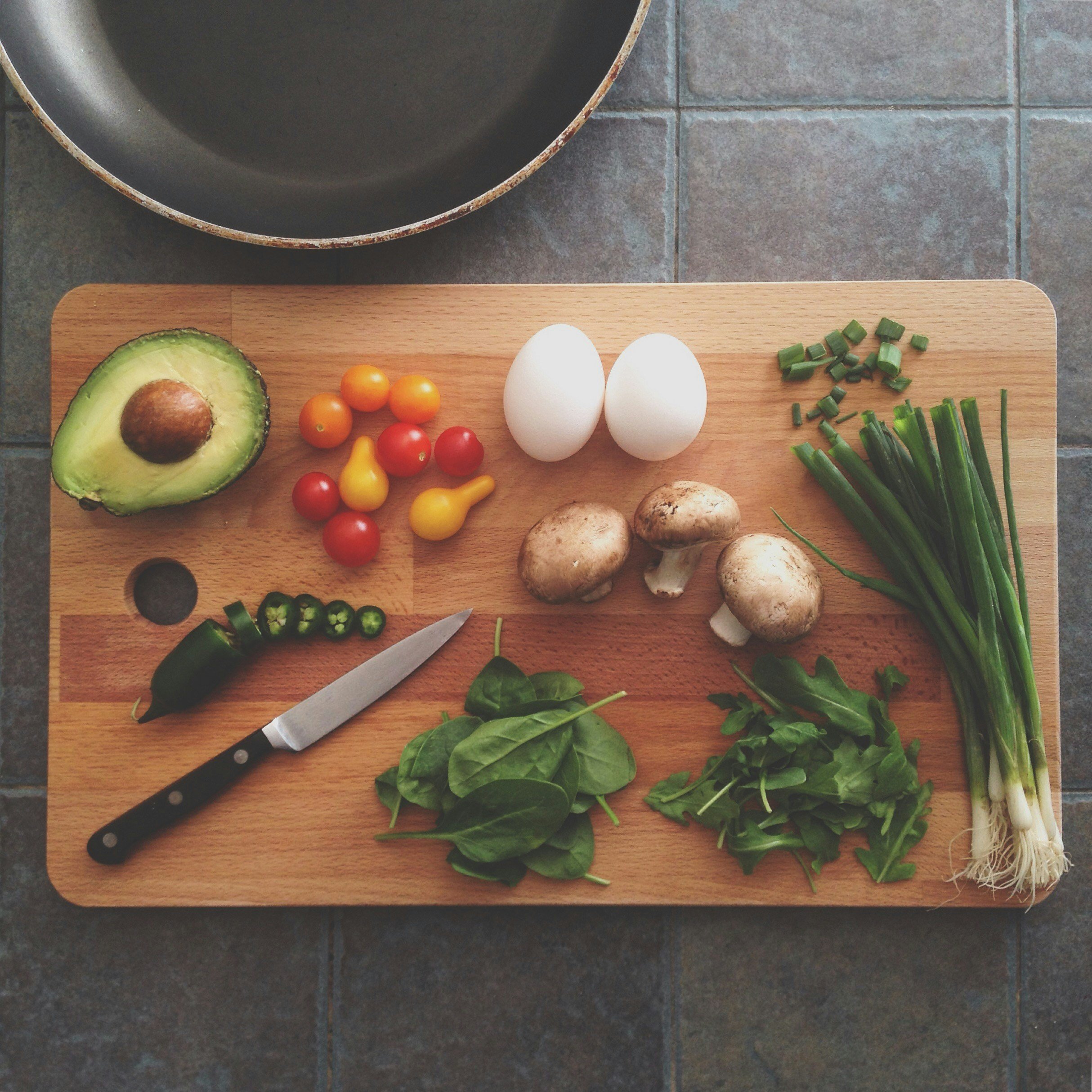Just In Time: My Two-Step Thanksgiving Game Plan
Gobble gobble. Gobble gobble. GOBBLE GOBBLE. It's getting closer! While you're getting your recipes, seating plans, and comebacks for your angry uncle all set, it's also a good time to form your game plan for staying healthy through the holidays.
All you need are the following two steps.
Step 1: Be Aware of Holiday Eating Triggers
In order to prepare for what’s ahead, it’s helpful to consider what might trigger you to overeat during the Thanksgiving holiday. According to health researchers, several factors can contribute to holiday weight gain:
• Stress. We love our family, but sometimes close quarters (or just an extended meal) with our relatives can make us a little stressed. Add to that the pressure of kids on vacation and a change in schedules, and you’ve got what’s known as “food drivers” – eating to feel better. In addition, this kind of anxiety may cause your body to increase the production of cortisol (the stress hormone). An increase in cortisol can cause weight gain, regardless of the amount of food you eat.
• Travel and Sleep Deprivation. Whether vacationing or visiting relatives, traveling disrupts our everyday schedule and can be exhausting. We tend to dine out more and exercise less. In addition, we may not sleep as well in a “foreign” bed or we get less sleep as we try to pack more into each day. Research shows that our appetites increase 25% when we’re tired! Plus, we crave sugar, caffeine, and carbs to give us quick energy.
• More of everything. If everyone around us is indulging...and if everywhere we turn we see a platter of treats...our resistance wears down. "The proximity and visibility of a food can consistently increase an adult's consumption," says Brian Wansink, professor of marketing and human behavior at Cornell University and author of Mindless Eating. "Even for people with the greatest resolve, every time they look at a candy dish they say, 'Do I want that Hershey's Kiss, or don't I?' Gradually, our resolve is worn down."
• Binge Now, Resolve Later. Millions of people make New Year’s resolutions to eat better and lose weight. However, according to a study cited by Dr. Suzanne Koven of Massachusetts General Hospital, people often take an “all or nothing” attitude between Thanksgiving and January 1st – binge eating now before they begin their resolution.
Step 2: Be Prepared With Proven Tips
So, how do you prepare to face the odds against you this time of year? Plan ahead and follow my Healthy Thanksgiving Game Plan:
• Set a clear intention for the Thanksgiving weekend. What is your goal for surviving the holiday? Write it down, including the “why.” For example: I would like to maintain my current weight because I don’t want my clothes to feel tight. I would like to avoid overeating because I don’t want to have an upset stomach when my family is visiting over the holiday.
• Don’t have it in the house. You can control what’s in your fridge and pantry! Don’t stock up on candy, cakes, and sugary drinks and you won’t be tempted to eat them. If your family wants a holiday treat, suggest a dessert place they can patronize and ask them not to bring home “leftovers.” You can also create a healthy dessert alternative, like baked fruit or yogurt parfaits. Let your friends and family know about your health goals and ask for their support.
• Eat before you eat. Don’t attend the Thanksgiving meal on an empty stomach. Many people think that skipping meals on the big day will help them save calories, but studies show the opposite is true. Instead, start your day with a healthy, high-fiber breakfast such as oatmeal and blueberries. Then, have a midday protein shake that includes a handful of spinach, half a green apple, a frozen banana, unsweetened almond milk, and chia seeds. This has plenty of fiber to keep you satiated so you don’t overeat at the table.
• Eat small portions of just your favorites. Use a tablespoon – not a serving spoon – to place a small portion of your favorite foods on your plate. Skip any foods that you don’t absolutely love. This way, you’ll be able to taste all of your favorites without overeating any of them. Eat slowly, and try to be mindful as you eat; if you chat all the way through your meal, you’ll feel less satisfied and will be tempted to eat more or snack later.
• Don’t linger. Once you’ve finished your meal, offer to help clean dishes; take the kids (or the family dog) for a walk; or start a game of catch outside. You can also grab one of your favorite relatives and sit in another room to catch up, or pull out some old family movies or DVDs and gather everyone together to watch.
• Don’t come empty-handed. When you are invited to a holiday meal, offer to bring a dish – and then make it a healthy one. Bring hummus with carrots and cucumbers; salsa with baked chips or lentil crackers; a tray of mixed natural nuts and roasted chickpeas; a bowl of roasted red and green peppers with a variety of olives. Now you will have something healthy to eat!
• Drink up! Fill a glass with sparkling water and lime and sip on it throughout the meal. It’s a great alternative to sugar-laden alcoholic drinks or wine. Sipping water throughout the day will also help you refrain from mindless eating and drinking.
• Be generous. Don’t be tempted by leftover pies, potatoes, sauces, and stuffing. A few days before Thanksgiving, stock up on disposable storage containers so you can send your guests home with all the leftovers. If it’s not there, you can’t eat it!
• Get back on track fast. Even if you do eat more than usual at your Thanksgiving meal, don’t throw in the towel for the rest of the weekend. Wake up at your regular time the next day and get back to normal. Eat a banana and head to the gym, or go for a walk or bike ride. Have a high-fiber lunch, such as vegetarian chili or soup. Most importantly, continue to drink plenty of water throughout the day (aim for half your weight in ounces of water each day.) The faster you get back on track, the less chance you’ll have of gaining weight or feeling uncomfortable symptoms.
• Be good to yourself. While it may feel good in the moment to indulge in that pumpkin pie or stuffing, Thanksgiving meal foods often make us feel bad. They typically contain loads of sugar, salt, processed ingredients, and saturated fat. If you notice you feel bloated, congested, headache-y or itchy, chances are you’re having food-related symptoms. For example, wine contains histamines, which can cause congestion and/or sinus headaches. Carbs and sugary foods wreak havoc on our blood sugar levels, and we feel tired, moody or depressed after the “sugar high.” Be good to yourself by choosing foods that help you feel energized, in control, confident, and symptom-free!











